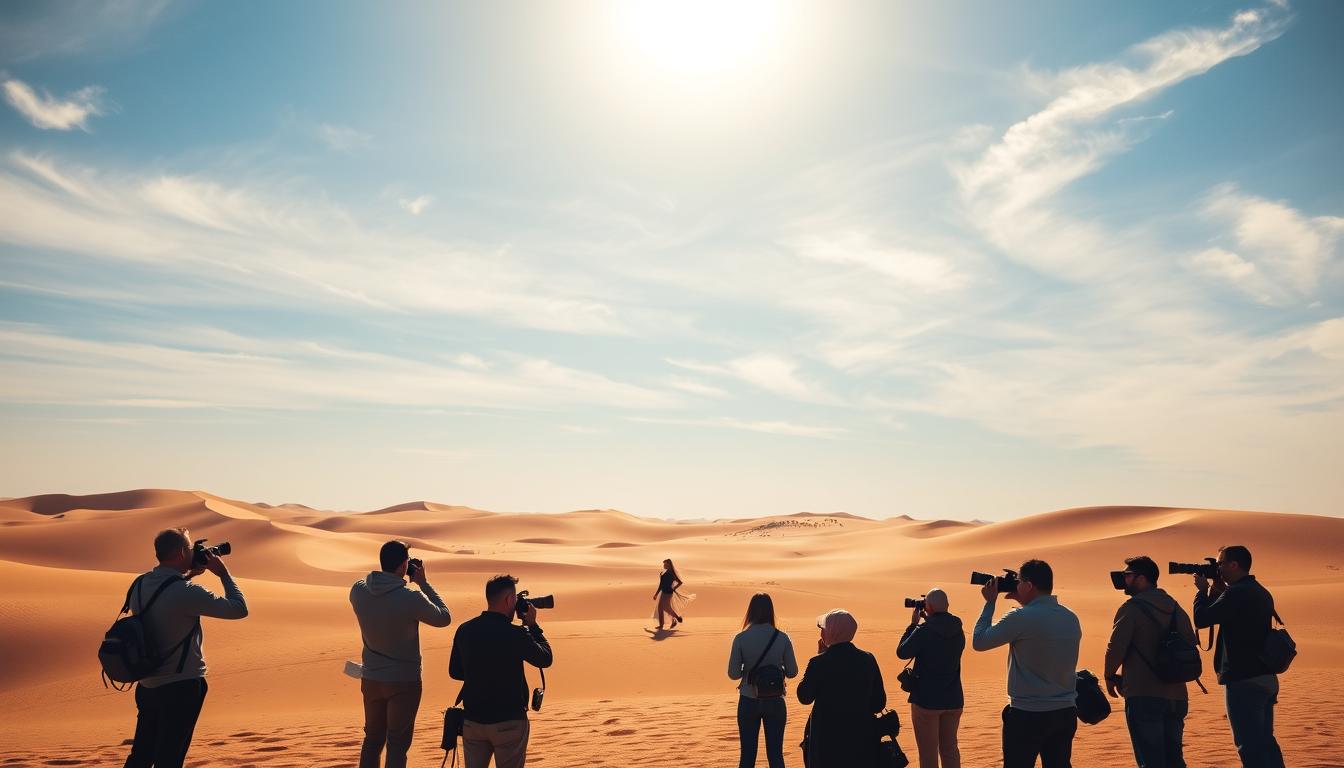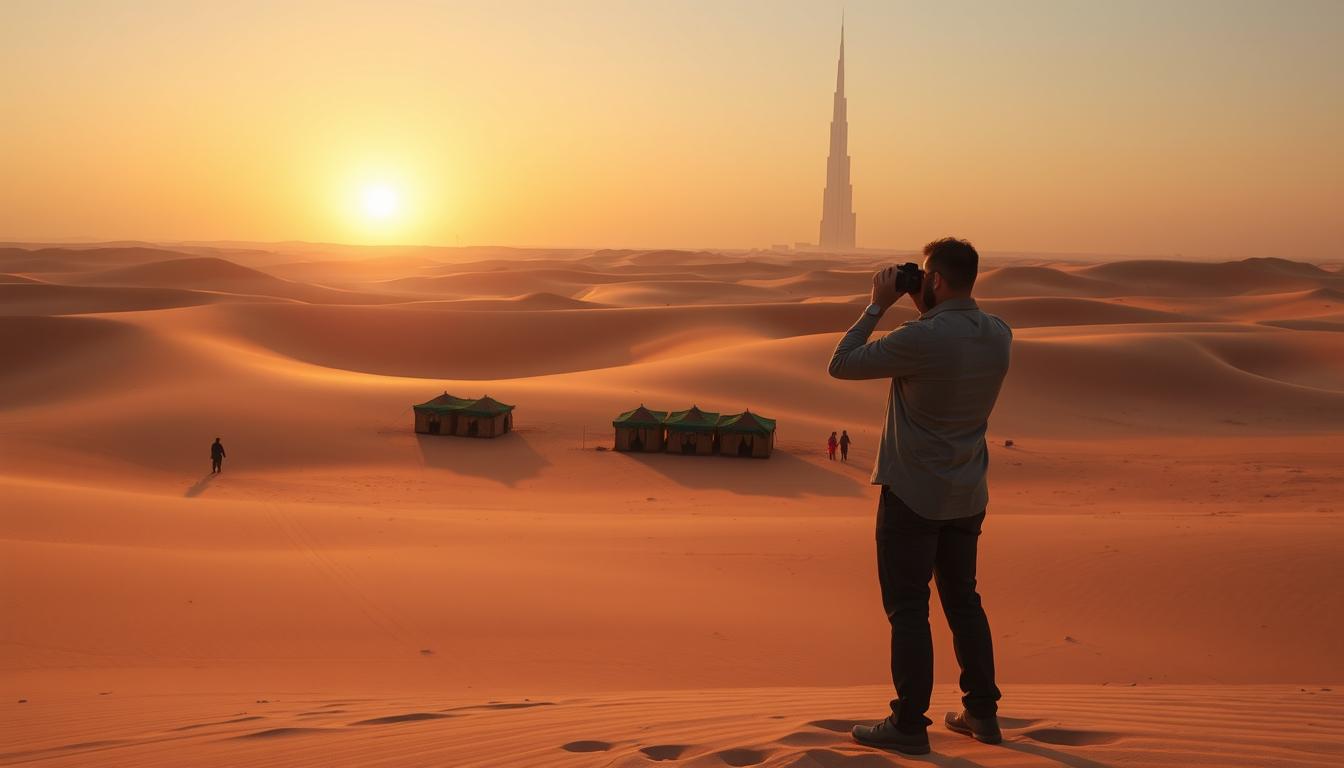Have you ever watched a hot air balloon go up at dawn? Their colors look amazing against the early sky. But why don’t they fly at night? It’s about safety, rules, and the amazing feeling of flying. Hot air balloons need clear weather and good visibility, which aren’t great at night. Let’s explore why safety rules and flying risks mean balloons stay grounded after dark.
Key Takeaways
- The visibility concerns prevent night flying of hot air balloons.
- Federal Aviation Administration (FAA) regulations play a crucial role in night flight restrictions.
- Safety is paramount in determining flying conditions for hot air balloons.
- Understanding these limitations enhances your appreciation of the hot air balloon experience.
- Atmospheric conditions needed for safe flights diminish after sunset.
Understanding the Basics of Hot Air Baloons
Hot air balloons are a magical mix of science and beauty. They make us marvel at how they float up into the sky. The secret behind these floating wonders is buoyancy. This section helps you grasp how hot air balloons work and the different kinds you might see.
How Hot Air Balloons Work
Here’s how these balloons go up into the air. It all starts with heating the air inside the balloon. This heated air becomes lighter and causes the balloon to rise. Pilots can make the balloon go higher or lower by changing the air’s temperature inside.
Types of Hot Air Balloons
Hot air balloons come in various styles. Let’s look at some common types:
- Traditional Envelope Balloons: The ones we see most often. They use a big fabric bag that gets hot to lift off.
- Specialty Balloons: These have unique shapes for advertising or art.
- Sport Balloons: Made for racing, these are fast and easy to steer.
Each type of hot air balloon brings its own thrill to flying. This diversity adds to the joy for those who love balloons.
Why don’t hot air balloons fly at night?
Flying hot air balloons at night is risky for many reasons. The mix of hot air balloon visibility issues and strict rules makes nighttime flights dangerous.
Visibility Issues and Their Impact on Safety
Pilots face big risks flying in the dark. They need to see well to make safe choices about height and direction. The dark makes it hard to see, which is risky for everyone flying.
It’s tough for pilots to see wind patterns and dangers at night. These problems with seeing clearly make flying at night very risky.
FAA Regulations and Pilot Restrictions
The hot air balloon FAA regulations set rules for when balloons can fly. Balloons can’t fly at night unless they have special lights. Since most balloons don’t have these lights, they usually don’t fly at night. This rule helps keep everyone safe.
To wrap it up, night flights for hot air balloons are a bad idea because of seeing problems and FAA rules. These rules are there to keep flying safe for everyone.
Hot Air Balloon Safety Regulations
It’s very important to know about hot air balloon safety regulations. These rules are made to keep everyone on board safe. They ensure flights are as safe as they can be. This part talks about the safety rules for these balloons and day versus night flight safety.
National Safety Standards for Operations
National safety rules for hot air balloons focus on keeping pilots and passengers safe. Important parts of these standards are:
- Regular equipment checks to maintain safety integrity
- Pilot certification ensuring they are adequately trained
- Strict adherence to weather conditions to mitigate risks
- Emergency preparedness protocols for unexpected situations
These steps make flying safer. By following these rules, hot air balloon flights become more consistent and safe everywhere.
Compare Day vs. Night Flying Safety Concerns
Day and night flights have different safety issues. In the day, pilots can see better. This helps them navigate and spot risks. But night flying has big challenges, like:
- Decreased visibility, which can hinder effective maneuvering
- Unpredictable weather changes that may not be easily detected
- Lack of available flight path options, restricting pilot choices
Night flying is riskier because of these issues. Following the safety rules is key. It prepares pilots for challenges and keeps everyone safe.
Conclusion
Hot air balloons don’t fly at night mainly because of visibility and safety concerns. This includes the pilot’s skills and following FAA rules. Getting to know the risks of flying at night shows how important safety is for hot air balloon trips. Safety is always the top priority.
Nighttime hot air ballooning sounds fun but comes with big risks. Instead, daylight balloon rides offer a chance to see everything clearly and stay safe. Flying during the day makes your trip exciting and safe, as it follows all the needed safety steps.
Looking for more fun in Dubai? Dune Buggy Rentals Dubai has great alternatives. You can try evening desert safaris or dune buggy adventures to see amazing places safely. Whether it’s high in the sky or racing through the desert, these activities keep you safe while having fun.
FAQ
Why don’t hot air balloons fly at night?
Hot air balloons usually don’t fly at night because it’s hard to see and it’s not safe. The pilots need to see clearly to navigate. Also, FAA rules don’t allow flying at night without special lights, which most balloons don’t have.
What are the visibility issues related to hot air balloon night flying?
At night, it’s tough for pilots to see obstacles, figure out the wind, and navigate properly. This can make flying dangerous because they might not see the risks, increasing the chance of accidents.
Are there any FAA regulations regarding hot air balloon nighttime flights?
Yes, the FAA has rules that say you can’t fly balloons at night without good lighting. But, most balloons don’t have these lights. So, flying at night is generally seen as unsafe in the balloon community.
What safety regulations govern hot air balloon operations?
Hot air balloon flying is controlled by rules that require equipment checks and pilot licenses. They also say you should only fly when the weather is good. These rules help keep flights safe during the day, but flying at night is even harder to do safely.
How do day and night flying safety concerns compare?
Flying during the day is safer because it’s easier to see and the weather is more predictable. Night flying is riskier because the weather can change, visibility is poor, and finding a place to land is harder. This makes night flights more dangerous.
Can hot air balloons use sky lanterns at night?
No, it’s not safe to use sky lanterns with hot air balloons at night. This is because it could start a fire and make it hard to see. Hot air balloons aren’t meant to fly at night, and using fire makes it even more dangerous.



